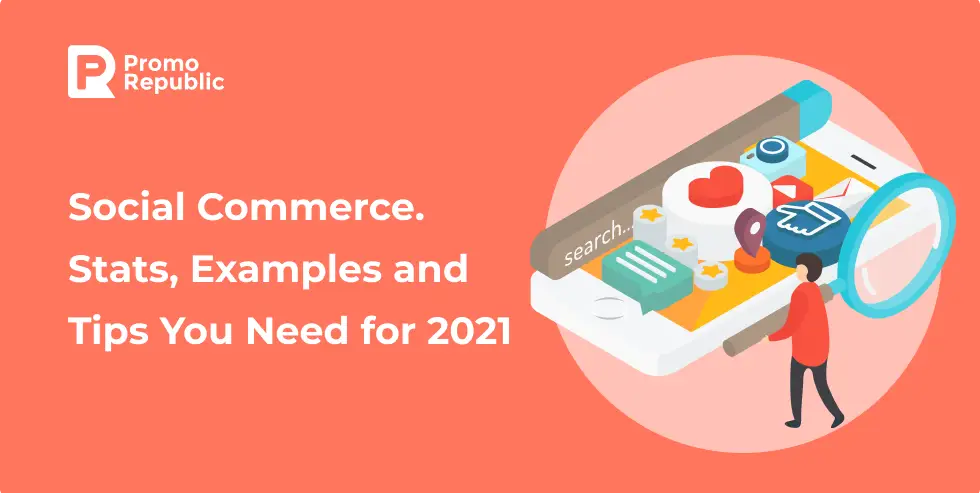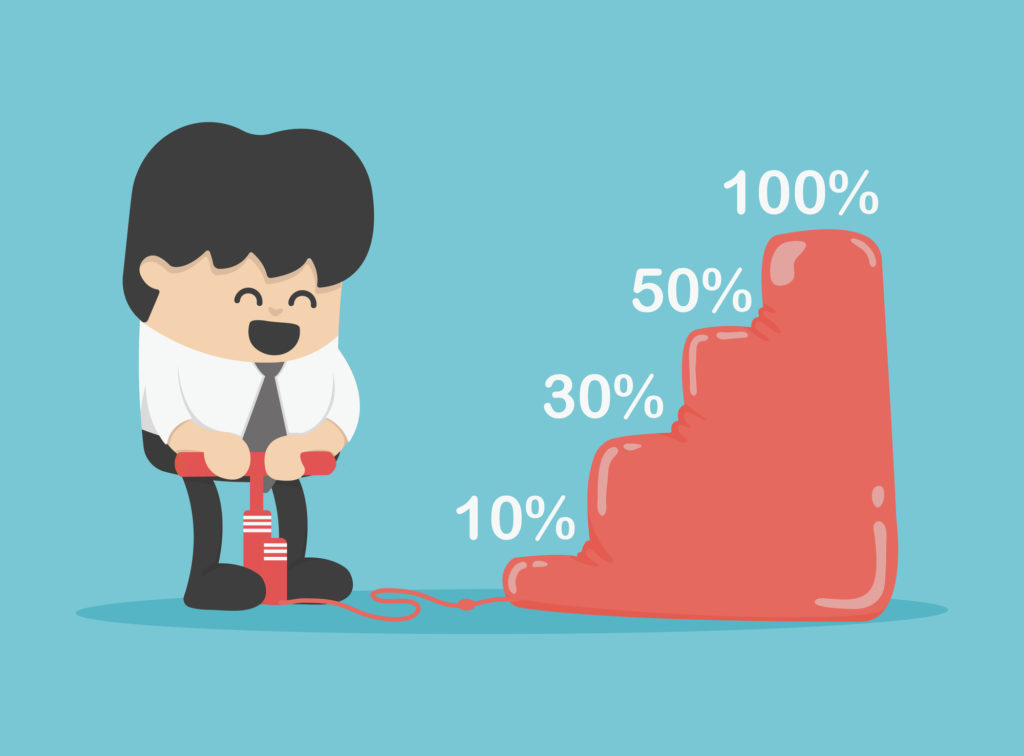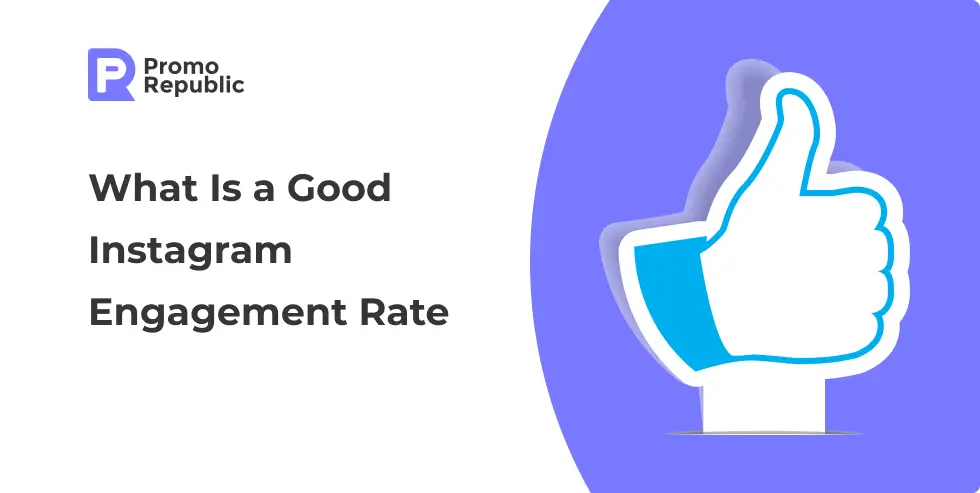What Is Social Commerce? The Stats, Examples and Tips You Need for 2021

Content writer and blog editor at PromoRepublic
Do you remember when traditional markets accelerated due to the advent of E-commerce? The idea of a brand listing products on a website and customers ordering and receiving them at their homes took the whole world by storm. Wait! There is another thing blowing up the market, and it’s called “social commerce.”
Social channels have a great impact on modern consumers nowadays. They can’t live without their gadgets and the Internet. They know everything, from technical facts, to where it is better to acquire a certain widget.
According to research, on average, people spend 2 hours and 15 minutes per day on social media, and 28% of internet users use social media to research and find products to purchase. That’s why social commerce has a particularly strong value for online shopping and business.
Social Commerce

Using social media as a channel to offer users products to purchase directly from their news feed is the best possible Social Commerce definition. Social e-commerce mixes the functionality and ease of e-commerce with the popularity and huge audience of social networking sites.
PromoRepublic is the World’s First Social Commerce Platform that empowers small businesses with intelligent tech to drive more sales & engagement from social.
Today, enthusiastic shoppers look at different social platforms to buy online products they need and want. Social media websites actively use this trend by adding new direct response advertising buttons like “buy it now” to motivate users to take action, create special advertisements, provide different payment solutions, and many more. By using social commerce, a business can potentially improve their revenue and appeal to a much wider audience. As for customers, by investing in a brand through social media, they often benefit from discounts and exclusive products and information.
The Difference Between Social Media Marketing and Social Commerce
Yes, there is a difference between these two things. SMM is used by brands to drive traffic to their websites or different social media platforms they want. Companies use ads showcasing their products and/or services, include a CTAs (call to action), for people to click-through to the website.
The cost of such ads is usually based on the number of impressions the ad will gain and/or a cost-per-click (CPC, that’s more commonly used in search engine paid ads, like Google). But, this cost is factored into that all important CPA (cost per acquisition), and ultimately takes the consumer out of their social media journey.
Social commerce allows consumers to buy products and services from a brand directly, from within the social commerce platform. This could be via either clicking on a paid ad (like the above), or by clicking on the “Go to the Shop” button on the brand’s social media page.
Basic Examples

Facebook and Instagram are the most vivid and easy-to-use social commerce examples, has improved the mobile shopping experience, and users can buy the goods directly through the platform instead of being redirected to the retailer’s website (F-commerce). Nowadays, when a client buys the product, he/she either types the credit card information on Facebook or chooses to store the information for faster purchases.
Social commerce is a game-changer for smaller brands. It allows them to easily compete in crowded marketplaces and even try their chances with big companies. However, now big retailers are hopping on board too. For example, Walmart plans to start selling their products via influencers directly on TikTok.
Social commerce grown tremendously in 2020. Amid the COVID-19 crisis, the global market for Social Commerce is projected to reach a revised size of $604.5 Billion by 2027, growing at a CAGR of 31.4% over the analysis period 2020-2027.
Why You Should Care About Social Commerce
There are several reasons you should care about it:
- It controls traffic to retail websites. If users don’t make a purchase, the brand made an impression which can be nurtured into a purchase at other digital points.
- It increases brand reach. An impressive number of users log in everyday and actively search for products they’re ready to buy.
- It creates trust among clients. Social media is where people go to share things with friends and, be social. It’s a channel through which users feel comfortable and express themselves. It allows creating a deeper relationship with them by offering the opportunity to buy goods.
- It is a key component in the great experience. Social media is a gateway because if users see something they love in their news feed, social commerce lets them click straight through to the website, ensuring smooth purchase journey.
- It thrives on community. Building a strong brand community on social media increases repeat purchases and drives new customers by creating an experience users want to share in and a brand they want to follow.
Social e-commerce allows brands to reach a highly engaged audience and simplifies the path to purchase for customers at checkout.

How to Start Getting Customers from Social
- Call to action
Creating a special call to action on your social media website leading to a dedicated landing page, captures more customers. For instance: Put a link on one of your posts to a devoted landing page with a special offer or a promotion code.
- Use special hashtags
Hashtags provide easy interaction with users. People follow hashtags they’re interested in; use them to find a wealth of new prospects to follow.
- Make people give you their money
People use social media to relax and entertain. However, if they see a photo of one of your products and decide to buy it, they may not actively try to find it on your website. When you promote your products on social media, make it as easy as possible for people to find the path to buy them.
- Influencers using the products
Current customers vouching for your products can be a great way to turn your social media followers into customers. But what if those endorsements came from authority figures in your industry or media stars? Work with influencers to create posts showcasing themselves using your products. It helps demonstrate the trustworthiness of your goods.
Social e-commerce is a booming market with a whole slew of options. Today, it has become a growing trend since every user is on social networks almost all hours of the day. If you are a retailer and strive to sell your goods, social commerce is the perfect option for you.





